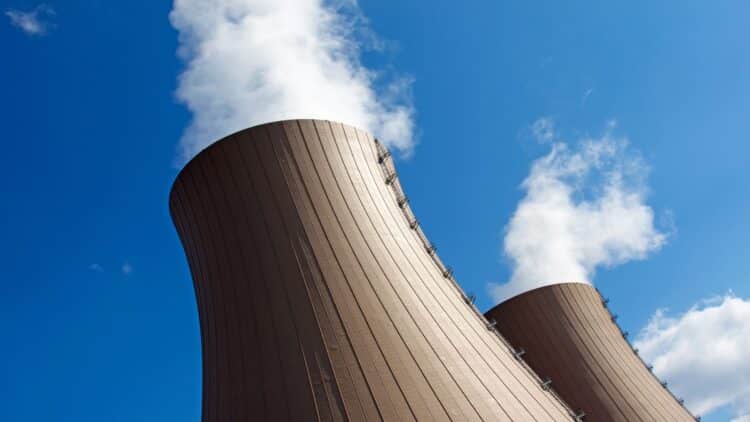The European Union is set to be among the leaders in ‘next-generation’ nuclear technology with its ambitious strategic initiative. The European Industrial Alliance on Small Modular Reactors has launched its First Comprehensive Strategic Action Plan in a historic move that marks a critical point in the nuclear renaissance in Europe. The move is set to change the face of energy production in Europe with the adoption of ‘next-generation’ nuclear technology to be achieved by the early 2030s.
Alliance unveils comprehensive five-year strategic nuclear deployment
The Strategy Action Plan is the result of extensive collaboration among more than 350 stakeholders in the nuclear sector in Europe. The alliance was formed in February 2024 and consists of industry leaders and policymakers who share a vision to be realized during the development of Small Modular Reactors. The strategy has ten initiatives that aim to remove all current challenges that are standing in the way.
The strategy rests on the development of the demands within the market to include areas beyond the production of electricity. This is in consideration of the use of SMRs within industries, district heating projects, and others involving the production of hydrogen. Other key areas that are also covered include the reforming of supply chains, R&D efforts, financial potential, and improved regulatory procedures that often act as barriers to nuclear projects within Europe.
Collaboration to drive implementation within European markets
The European Commission, Nucleareurope, and the Sustainable Nuclear Energy Technology Platform are key orchestrating partners that play vital roles in the process of facilitating projects linking to SMRs. The above-stated organizations provide strategic management by making use of the governance board structure that ensures there is fulfillment of the action plan’s aims within different national regulatory environments.
A list of ten “targeted actions” has been identified to respond to the challenges
The action plan has activities that must be carried out in order to eliminate the key challenges that are slowing down the adoption process of SMR technology among European markets. The activities entail renovation of supply chains, development initiatives, enhancement of financial mechanisms, and simplification of the regulatory environment. The development initiatives in the development of market demand may include uses other than the production of electricity.
The solution recognizes that SMRs are flexible enough to cater to different energy needs with an emphasis on safety and regulatory considerations that are paramount to acceptance and adoption. The solution addresses challenges posed by financing with new models that can mitigate investment challenges posed by the adoption of nuclear technology. Additionally, factors that are addressed include approaches to engage the public to win acceptance among those who are concerned with the adoption of nuclear energy.
The key strategic focus areas are:
- Supply chain revitalization – Rebuilding European nuclear manufacturing capabilities
- Skills development – Training workforce for advanced nuclear technologies
- Financial innovation – Developing funding models for projects that involve SMR
- Streamlining regulation – The simplification process within member states
Carbon neutrality targets stimulate rapid adoption of nuclear technology
The Strategic Action Plan specifically supports Europe’s challenging targets to be carbon neutral by 2050 through clean energy technology. The SMRs present distinct advantages, such as improved safety measures, shorter construction periods, and greater versatility to be adopted depending on the geographical location of the European member countries.
The timely application of SMR technology is essential to ensure competitiveness within the European industry sectors and to catalyze the energy transition to more sustainable resources. The modularity that characterizes SMR technology ensures flexibility that no other technology offers due to capacity additions that match the energy transition requirements.
The alliance’s pledge to collaboration among stakeholders ensures holistic implementation support in terms of technicality, regulatory processes, and financial considerations. In this way, there is collective expansion potential with minimal risk factors related to technology commercialization difficulties and challenges that the nuclear energy sector has traditionally encountered.


